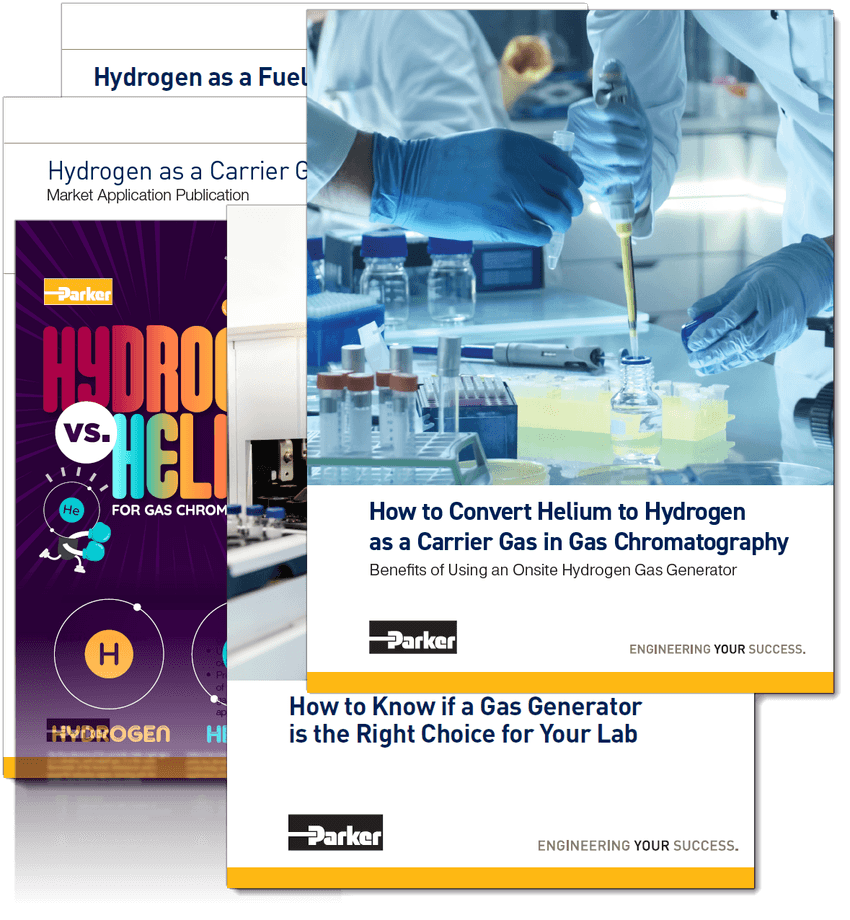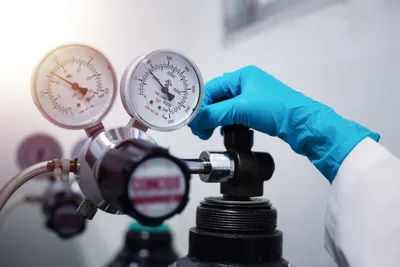When your gas supply depends on vendors, tariffs, or transport, you’re not in control. This compendium helps GC labs secure consistency. It includes a step-by-step guide for converting to hydrogen carrier gas, a technical comparison of gas options, and selection tools for bringing generation in-house.

Each piece in the kit addresses a distinct challenge in the transition from helium. Learn how hydrogen affects flow rates and detector response, and how to adjust without compromising separation quality. See how generator design affects baseline stability, uptime, and purity over time. A case study shows how one lab eliminated supply risk and saved $20,000 annually.
Access the resource compendium to:
- Compare carrier gases on speed, sensitivity, and total operating cost
- Follow proven hydrogen conversion steps across GC and detector types
- Match generators to your GC system using Parker’s updated model charts
- Understand how purity and flow stability impact chromatographic accuracy
- Get a visual infographic that explains hydrogen’s role and why more labs are making the switch



